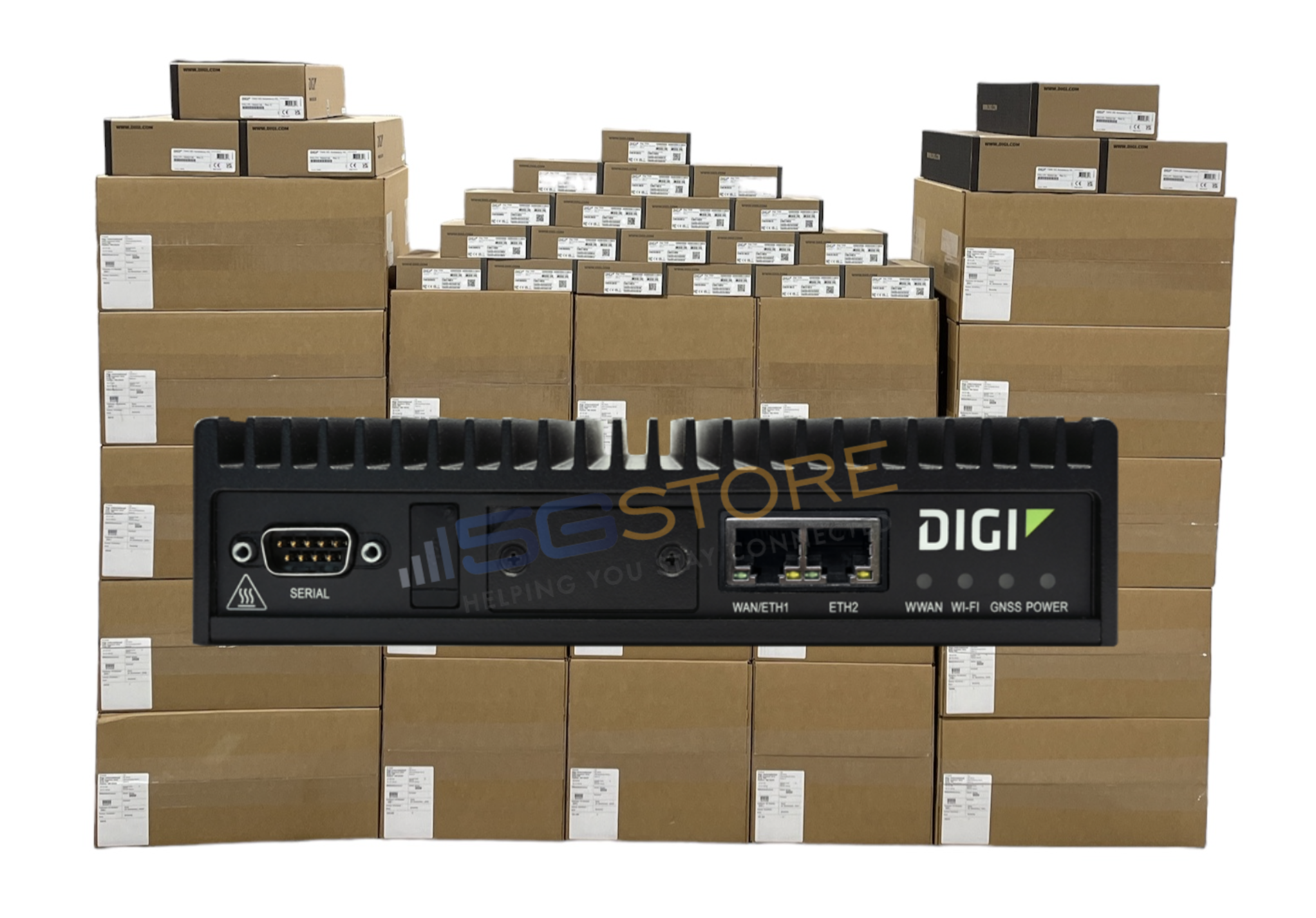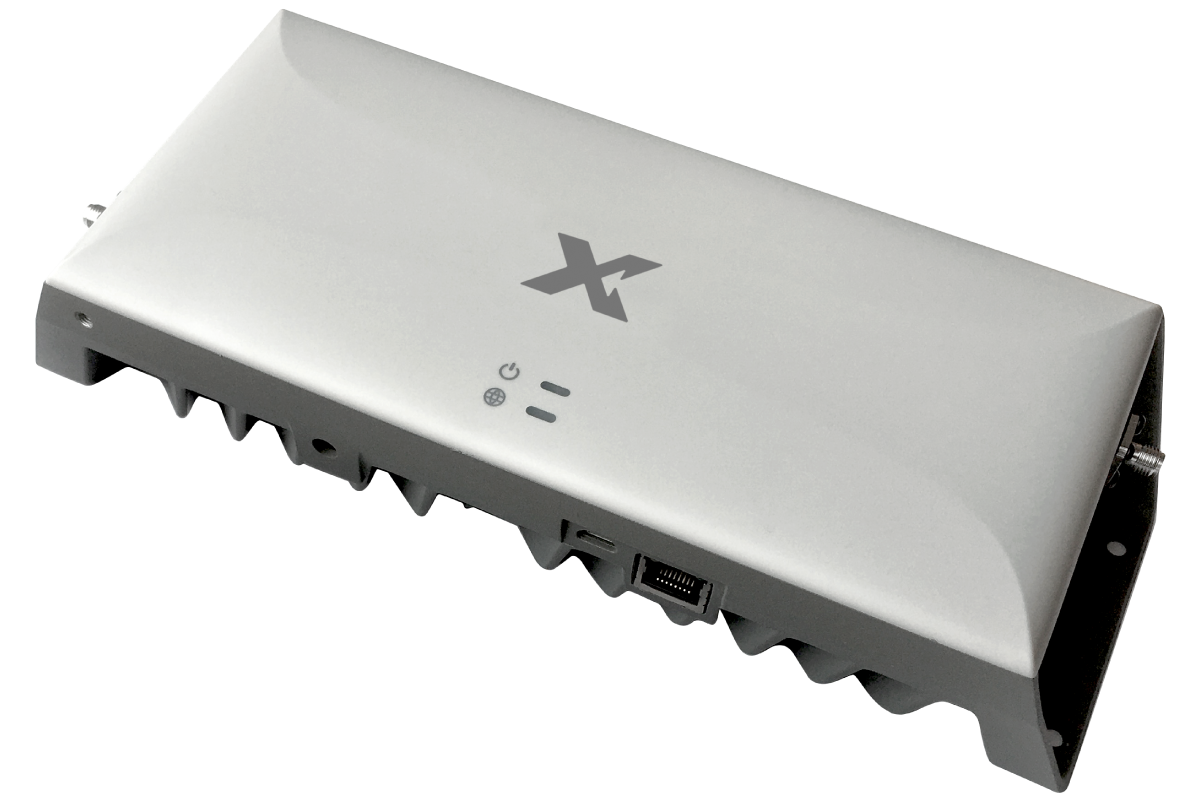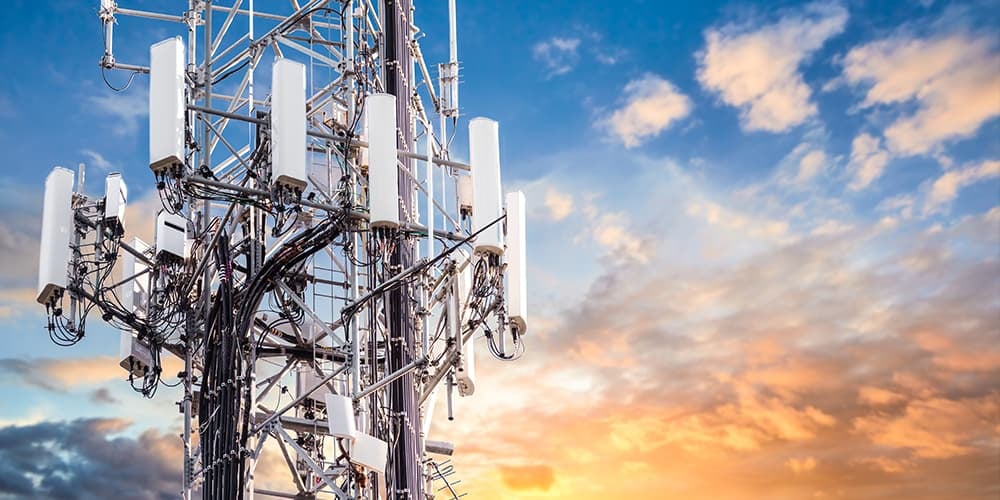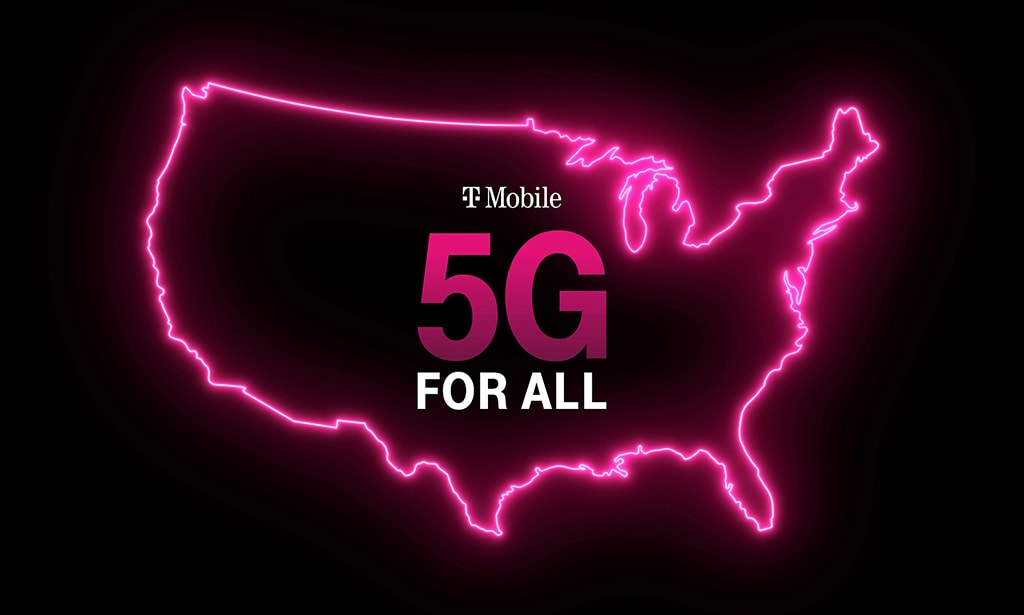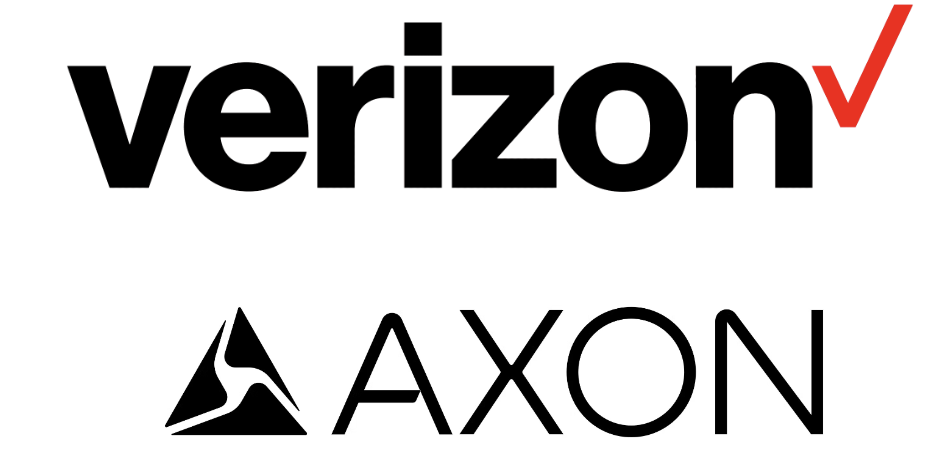Did you know that according to the Global mobile Suppliers Association (GSA), as of February 2023 there are at least 1077 organizations in 74 countries that have deployed LTE or 5G private cellular networks? This includes the National Football League (NFL), which tested private cellular networks during five games in 2022. The success of this trial led the NFL to announce its intention to deploy private cellular network solutions across all 30 NFL stadiums for the 2023 season and beyond, setting the stage for a new era in wireless communication.
Private 5G and LTE Networks: Unlocking the Potential
Private 5G and LTE networks, akin to traditional public cellular networks but managed on-premises by enterprises, are emerging as a primary wide-area LAN solution for countless businesses. Unlike public networks, private networks offer enterprises unparalleled control over data use, access, and more, providing a significant advantage over conventional LAN solutions.
Consider an underground facility, such as a mine, seeking to streamline operations using IoT. With a private network solution, the mine gains the ability to customize coverage, control data costs, and prioritize data traffic, overcoming the limitations associated with public cellular or WiFi solutions. Private networks boast economies of scale, with a single cellular access point covering the same area as nearly 12 WiFi access points, offering unmatched flexibility for both indoor and outdoor deployments.
WiFi vs. Private Networks
While WiFi remains a crucial tool in the LAN toolkit, private cellular networks and WiFi often complement each other in diverse environments. In manufacturing facilities, for instance, private cellular networks excel in providing guaranteed latency, throughput, and predictability on the factory floor, while WiFi seamlessly connects devices in other areas of the building. The ability of private networks to automatically select the best client for each device and offer inherent security through 3GPP standards and SIM-based security adds a layer of sophistication not easily achieved with WiFi.
In assessing the landscape of private LTE/5G versus WiFi, it becomes evident that each technology comes with its own set of advantages and drawbacks. Let’s delve into the key metrics for comparison:
1. Speed/Bandwidth: Private 5G stands out as the fastest, with LTE following closely behind, offering competitive speeds compared to WiFi.
2. Latency: Private 5G boasts the lowest latency, measured in milliseconds, followed by LTE with a round-trip latency of 30 milliseconds. WiFi, on the other hand, exhibits the highest latency, reaching up to 500 milliseconds.
3. Congestion & Interference: WiFi operates in an open, shared, unlicensed spectrum, leading to congestion and signal interference. In contrast, private LTE and 5G leverage centralized orchestration to prevent interference, especially with the use of private spectrum options like CBRS.
4. Density/Capacity: WiFi is designed for smaller-scale use, suitable for homes or small offices. Private LTE/5G, designed for high-capacity commercial and industrial use, becomes a game-changer for larger enterprises covering vast distances.
5. Coverage: WiFi offers short-range coverage, typically up to 5K sq ft per radio, while LTE and 5G leverage greater power levels to cover large areas, reaching up to 25K sq ft indoors and up to 1M sq ft outdoors with a private LTE access point.
6. Mobility: WiFi relies on individual devices to make handover decisions, whereas LTE/5G facilitates centralized coordination for seamless handoffs, ideal for highly mobile devices.
7. Scalability: LTE/5G’s capability to cover large areas makes it more economical for wireless coverage across expansive facilities, reducing the need for numerous access points and streamlining installation.
8. Quality of Service: Private LTE/5G offers built-in quality of service mechanisms, prioritizing high-value data for specific applications and enforcing throughput, latency, and packet error rate service levels.
9. Security: WiFi’s open spectrum is susceptible to hacking, while private LTE and 5G networks ensure security with authorized SIM cards, creating a secure-by-default environment and eliminating the risk of unauthorized access.
Moving from WiFi to Private Networks: Navigating the Learning Curve
For IT professionals accustomed to managing WiFi networks, the transition to private cellular networks may seem daunting. However, the learning curve largely depends on the size and setup of the network, and many IT teams find it manageable with a basic understanding of LANs and wireless networking. Managed service providers (MSPs) can further ease the transition by offering ongoing third-party support, and the integration of AI in network management promises to simplify the process further.
Fueling Future Innovations with Private 5G Networks
Enterprises view private 5G networks as a strategic investment in future technology, leveraging 5G’s capabilities to power innovations across various sectors. Warehouses, factories, ports, and more are already testing private 5G use cases, including HD video surveillance with AI recognition, autonomous mobile robots (AMRs), and predictive equipment maintenance. Private 5G networks allow for controlled and prioritized access, improved battery life, further reach, network slicing, and other benefits that fuel the development of new applications.
A Secure, Efficient, and Scalable Future
The days of proving the value of private cellular networks are behind us. These networks have become the bedrock of secure, efficient, and scalable connectivity, offering undeniable advantages such as reduced latency, improved network management, and enhanced data protection in today’s high-threat landscape. As private networks mature, their role in shaping the future of connectivity becomes increasingly evident, providing enterprises with the tools they need to thrive in the digital age.
If you’re looking for a private cellular solution for your business, check out just a few options below and reach out to the 5Gstore sales team for assistance!
